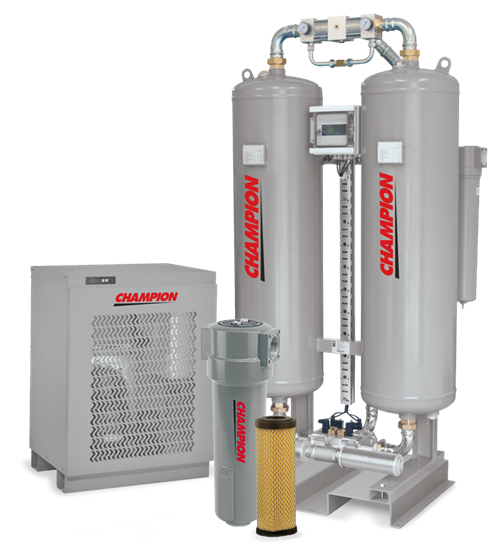Not All Compressed Air Audits Are Created Equally
Most plant and operations managers realize that compressed air systems often represent major sources of waste in their plant(s). Astute managers know that slashing waste from expenses adds pure profit back to the business.
For this reason we’ve seen an equal rise of compressed air auditing services.
A good compressed air audit covers both the supply side and the demand side of your compressed air system. At the end of the audit you should get a series of short term (can do now) and longer term activities in order to get you a more efficient compressed air system.
Those short term changes often create the savings to fund longer term activities.
For the Supply Side, a good audit will include:
- Efficiency ratings, relative to what else is available
- Suitability of unloading controls
- Capacity for translating lower air demand into lower power cost
- An evaluation of the compressed air treatment equipment
- The effectiveness of the Aftercooler in the hottest ambient temperature. This determines if auxiliary coolers are needed at the dryer inlet
- A review of the dryer installation’s setup
- Suitability of the dryers and filters for your system – correct sizing, efficiency, pressure drop, and the controls. Along with modifications that would improve performance and efficiency
- Are the auto drains applied correctly, as well as sized properly? Is the sizing and installation correct?
- The supply-side piping between the compressor and the system storage vessel should be evaluated for suitability, efficiency, and pressure drop
- Is the air receiver compliant with best practices for storage capacity, control and storing dry air?
On the supply side we are looking for savings from:
- Smarter configuration of the intake and discharge piping
- Selecting more efficient compressor units.
- Smarter/more suitable unloading controls can reduce demand, lowering the power draw, reducing the power costs up to 50%
- In some situations a Variable Speed Drive might reduce power consumption between 5% and 25%
- Reductions in lost pressure - Too much pressure drop reduces the effective storage and capacity control performance
That’s all for part 1 – part 2 will be along shortly. If you are looking to reduce the operating costs of your compressed air system it might be time to inquire about an audit. Call 404-363-6000 or drop us a line at sales@pyebarker.com to have an initial discussion about what you are looking to achieve with your compressed air system.



